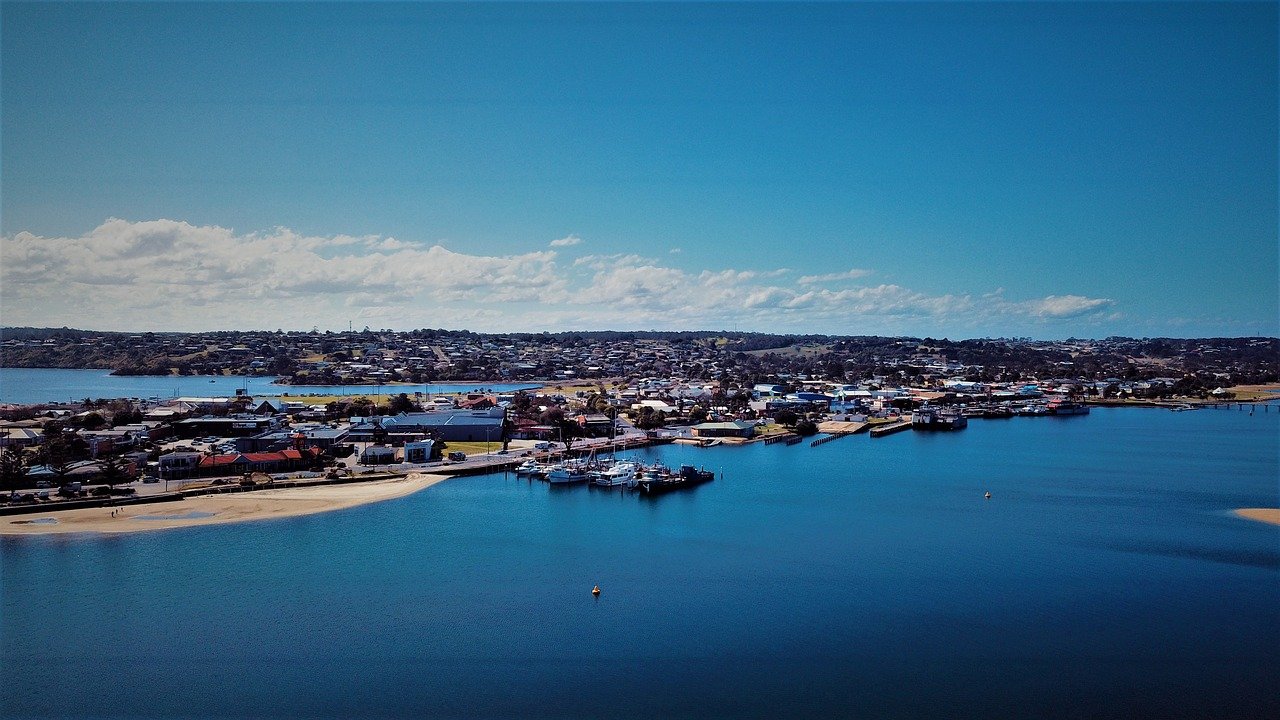ExxonMobil begins design studies for South East Australia carbon capture hub in Gippsland

ExxonMobil has announced it is undertaking early front-end engineering design studies (pre-FEED) to determine the potential for carbon capture and storage to reduce greenhouse gas emissions from multiple industries in the Gippsland Basin, in Australia.
The South East Australia carbon capture and storage (SEA CCS) hub would initially use existing infrastructure to store CO2 in the depleted Bream field off the coast of Gippsland, Victoria. The company is in active discussions with local industries which may be interested in accessing the SEA CCS hub to reduce emissions from their operations.
The project is designed to capture up to two million metric tons of CO2 per year. If technical and business feasibility is confirmed, the SEA CCS hub could be operational by 2025.
“Collaboration with other industries is an important step to unlock future carbon capture and storage opportunities for Australia, with the potential for large-scale reductions in the highest emitting industrial sectors,” said Joe Blommaert, president of ExxonMobil Low Carbon Solutions.
“Sound government policies will accelerate the deployment of key technologies required to support society’s ambition for a net-zero future.”
ExxonMobil established its Low Carbon Solutions business to commercialise the company’s extensive lower-emission portfolio with the objective to create long-term shareholder value and support global emission-reduction efforts.
Low Carbon Solutions is focused on commercialising lower-emission business opportunities in carbon capture and storage, hydrogen and lower-emission fuels, by leveraging the skills, knowledge and scale of ExxonMobil. The company has more than 30 years of experience capturing CO2 and has cumulatively captured more human-made CO2 than any other company. It has an equity share of about one-fifth of the world’s carbon capture and storage capacity at about nine million metric tons per year.